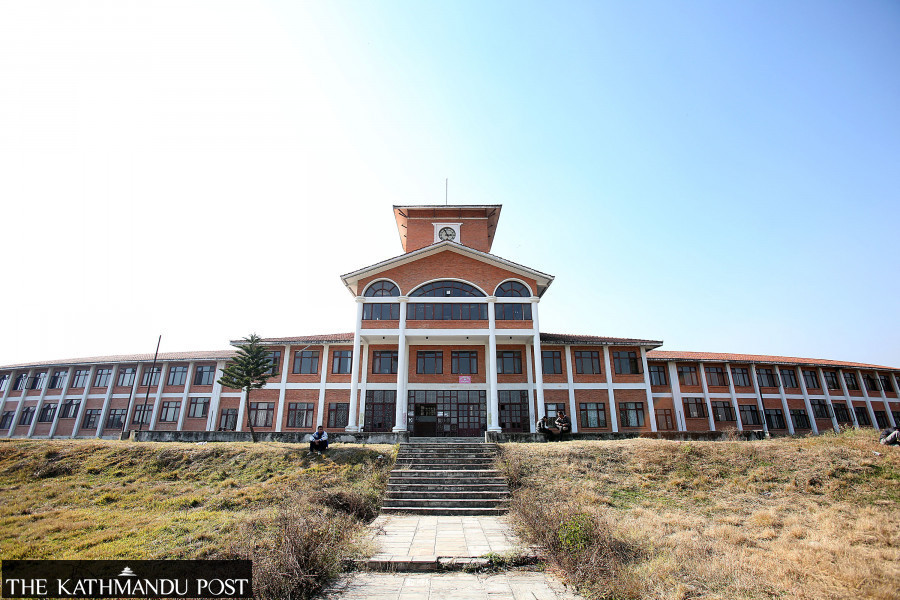Editorial
Time moves slowly at TU
Nepalis deserve better than a university that cannot publish the results of its annual exams for over a year.
A recent Times Higher Education World University Rankings deemed Tribhuvan University the world’s largest, with 460,632 enrolled students. In terms of institutional performance, it ranked 801st out of the 1,600 universities in 99 countries surveyed. But such rankings often hide more than they reveal. TU, for instance, has gained notoriety for inordinate delays with the publication of its examination results. This year, the university broke all records, with students having to wait for up to 16 months to get their mark sheets. This kind of neglect has broken the spirit of hundreds of thousands of students who enter the TU premises and its affiliated colleges with great enthusiasm every year.
But there was a mini miracle in 2017 when TU published the results of nine faculties within three months. This was not because of some divine intervention. That year, the World Bank had given the university Rs50 million as an incentive for timely publication of results in select faculties. Alas, expectations of a turnaround were dashed with the end of the subsidy. Separately, many students have already lost precious years and gone through a lot of mental distress due to the university’s incompetence in conducting online classes and exams during the Covid-19 pandemic.
TU officials have tried to evade responsibility by citing lack of modern technology, infrastructure, manpower and the sheer volume of students it admits—over 80 percent of all university-goers in Nepal. Yet, as the experiment with the World Bank bonus suggested, where there is a will, a way can be found. For instance, even today, the answer sheets from examination centres across the country are first brought to the Office of the Controller of Examinations in Kathmandu before being dispatched to the examiners’ homes. This is a needlessly lengthy and time-consuming process.
Taking a cue from the country's federal structure, TU can set up seven provincial bodies to locally handle the answer sheets of students from the constituent campuses in the province. Such a decentralised structure would reduce the workload on the central departments and hasten the publication of the results. Even in India, big education establishments like AIIMS and IITs have adopted the same model. This will also be in keeping with federalism’s goal of developing regional centres of excellence in diverse fields so that people no longer have to look to Kathmandu for everything.
TU, since its establishment in 1959, played an all-important role in the development of what was a poor and illiterate country. And it will continue to be the desired university for the vast majority of Nepali school graduates, either out of choice or compulsion; for it is—and will remain for the foreseeable future—the heart and soul of the country’s higher education system. As such, TU cannot be allowed to wither to an extent that it is not even capable of publishing the results of its periodic exams. With quality health and education established as their constitutional right, Nepalis deserve a more professionally run “national” university.




 6.12°C Kathmandu
6.12°C Kathmandu














